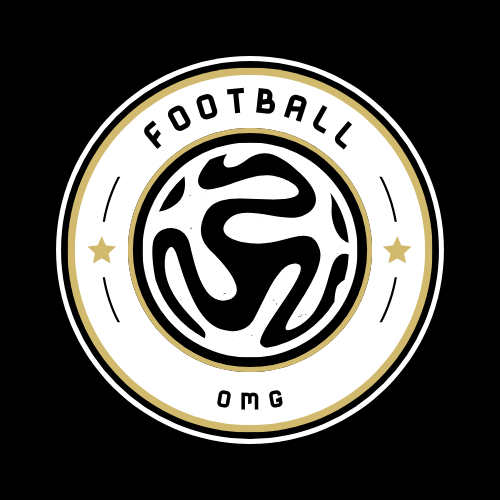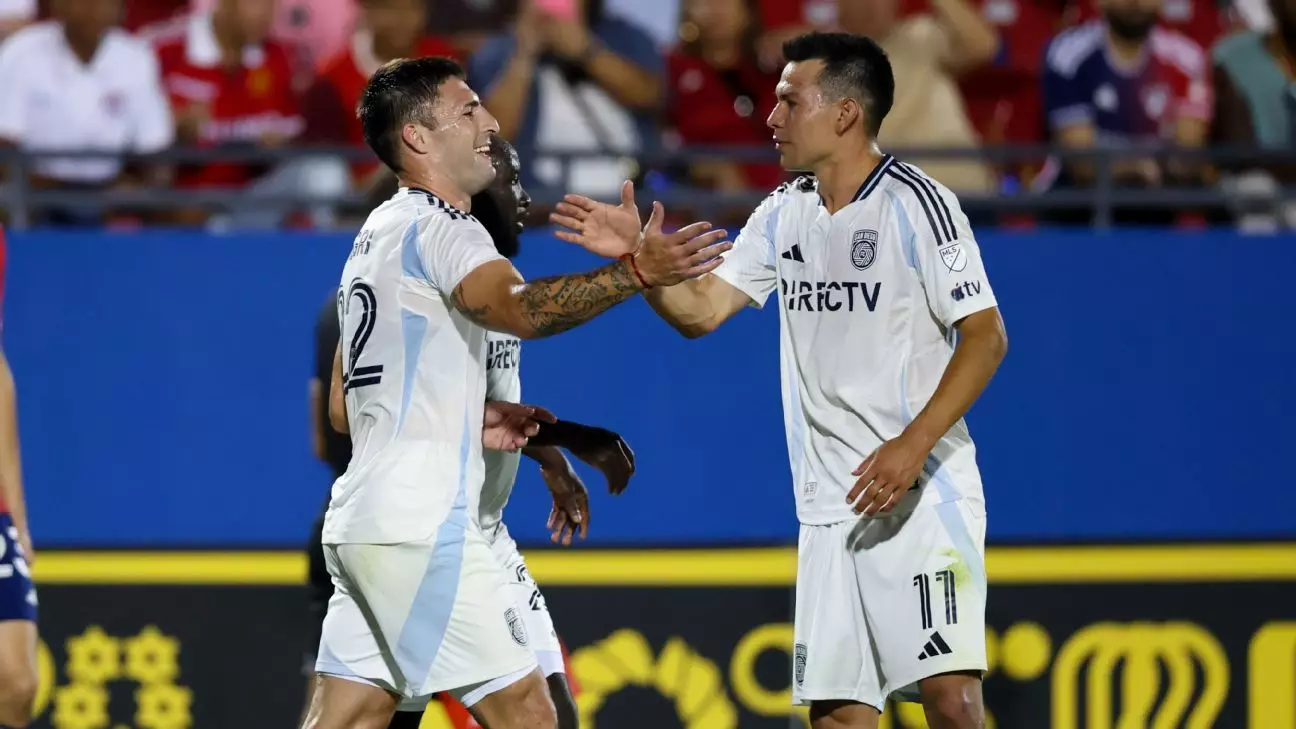The 2025 MLS season continues to unfold with surprising resilience and evolving narratives. At the pinnacle, a few teams exemplify strength that transcends the occasional absence of key players. Take D.C. United, ranked first despite injuries and absences due to international duty. Their grinding 1-0 victory over LAFC—no easy feat given Vancouver’s formidable reputation—signals a squad depth and tactical discipline that sets them apart from much of the league. What’s striking is how they maintained control without their full complement, demonstrating that their ascendency isn’t a mere flash in the pan but the product of robust team culture and coaching.
Philadelphia Union, though temporarily hampered by a thin roster, remains a potent force in the East. Their recent 1-0 loss to Columbus should not be over-scrutinized. Rather, it highlights how critical a full squad is for their attacking prowess and how managerial adaptability during crises is put to the test. As they regain their core, expect a resurgence that will challenge the standings’ order once again.
The Emergence of New Contenders: San Diego and Nashville’s Ascent
Nashville SC’s methodical approach under BJ Callaghan offers a fascinating case study in control and consistency. Their steady march, unmarred by losses since April, reflects a defensive stability paired with a pragmatic offensive edge. This formula has positioned the club comfortably near the summit and suggests a blueprint for teams aspiring to sustained success beyond splashy individual plays.
Meanwhile, San Diego FC’s explosive four-game winning streak has injected fresh excitement into the league. Averaging almost four goals per game in this run, their offensive juggernaut has defenses across MLS scrambling. This dynamic attack forces the narrative around Newcomer Impact—how a recent entry can disrupt the status quo with fearless, aggressive football. San Diego is arguably the team most feared when it comes to offensive firepower right now, underscoring the importance of tactical innovation in an increasingly competitive league.
Seattle and Miami: Contrast of Fortitude and Spotlight
Seattle Sounders’ recent defensive adaptations amidst injuries, with Alex Roldan stepping in an unfamiliar role, demonstrate a team’s resilience in the face of adversity. Their 2-0 win against Austin FC wasn’t flashy but effective, underpinning the value of tactical flexibility and players’ willingness to embrace unfamiliar roles.
In stark contrast stands Inter Miami, whose global exploits at the Club World Cup with a humbling 4-0 loss to Paris Saint-Germain reveal both their ambition and current limitations. Their international success narrative may elevate MLS’s stature globally, but the gap to Europe’s elite remains vast. Miami’s strength lies more in symbolic victories and branding potential than consistent MLS domination—yet their continued progress could redefine expectations for American club soccer.
The Mid-Table Maelstrom: Talent Flux and Tactical Challenges
A cluster of teams from mid-table positions illustrates the fluctuating fortunes common in MLS. FC Cincinnati’s reliance on Evander’s individual brilliance highlights both the promise and peril of leaning heavily on a single star. While his scoring artistry has won critical points, there’s a looming question about depth and whether the squad can sustain momentum if opponents find ways to neutralize him.
Similarly, teams like the New York Red Bulls illustrate a volatile blend of emotional highs and disciplinary lows. The postgame red card drama caused by coach Sandro Schwarz is indicative of intangible factors impacting performance—passion can be a double-edged sword. The Loons and Chicago Fire showcase attacking potential and unpredictability, where moments of defensive fragility can undo impressive offensive surges.
The Struggle for Stability: Injuries, Inconsistencies, and Underperformers
Injuries continue to devastate the campaigns of Portland and Atlanta, with both teams losing key contributors and consequently, vital momentum. Portland’s shutout loss to Toronto FC reflects a lack of cohesion and firepower, while Atlanta’s season-long woes are compounded by the long-term absence of central midfielder Jay Fortune.
Toronto FC’s current inability to dominate possession but still secure victories, and Montréal’s gritty defensive approach leading to wins with minimal ball control, reveal evolving philosophies in MLS. Winning now often means pragmatism trumping style, especially for squads navigating injuries and fixture congestion.
New York City FC’s adjustment to a hyper-aggressive midfield setup under Nick Cushing has not translated to goals, underscoring a disconnect between tactical ambition and execution. Austin FC’s defensive vulnerabilities against the Sounders spotlight limits in their otherwise standout foundation, calling for urgent strategy refinements.
Bottom-Dwellers and the Road Ahead: Foundations for the Future
At the lower end of the spectrum, teams like St. Louis City and LA Galaxy wrestle with foundational issues. LA Galaxy’s struggle—only one win in 2025 despite creating many chances—signals problems beyond mere finishing. Managerial strategies, recruitment, and developing young talent require serious attention.
St. Louis City, under interim management, faces a rebuilding season. Their passive defensive posture and inability to close out matches mark a team still searching for identity and stability, hinting at a potentially transformative 2026 if lessons are learned.
The combined narrative of the bottom teams underscores MLS’s intricate competitive balance. Even with substantial investment, success isn’t guaranteed without cohesive strategy, player development, and managerial efficacy.
MLS in Flux: A League on the Rise, Balancing Ambition and Reality
MLS shows remarkable growth, grappling with international expectations partially fueled by tournaments like the Club World Cup. While teams like Inter Miami raise the league’s international profile, consistency and depth remain challenges. The power dynamics within MLS—tight competition at the top, emerging clubs on the rise, and struggling teams aiming for turnaround—paint a league alive with unpredictability and potential.
The signs are clear: MLS’s future is bright but contingent on smart internal development, tactical evolution, and embracing a hybrid of flash and grit. Teams that master this balance will not just climb power rankings but set new standards for North American soccer.

